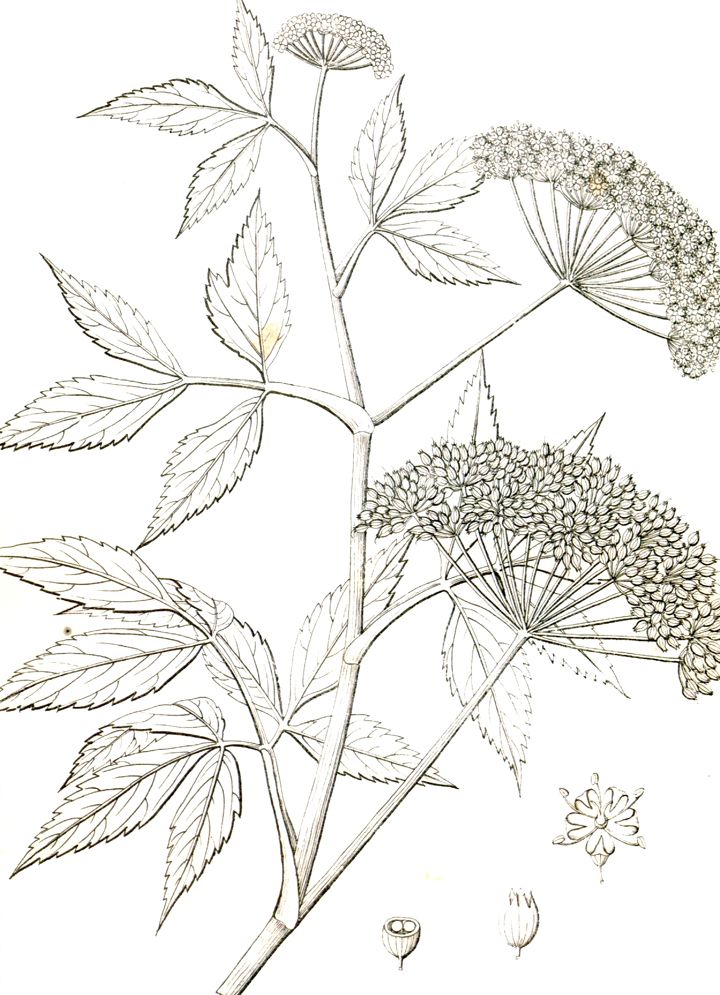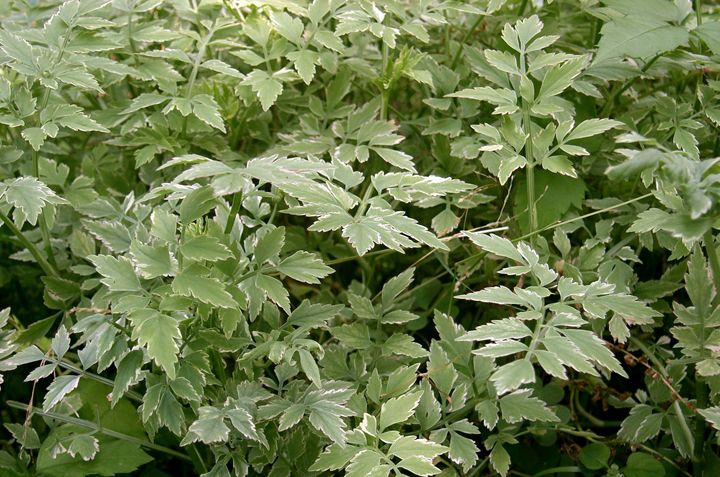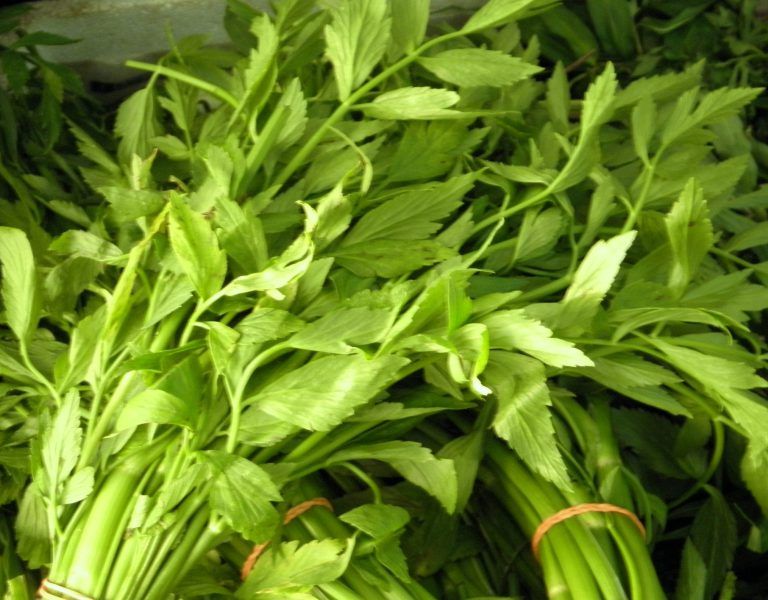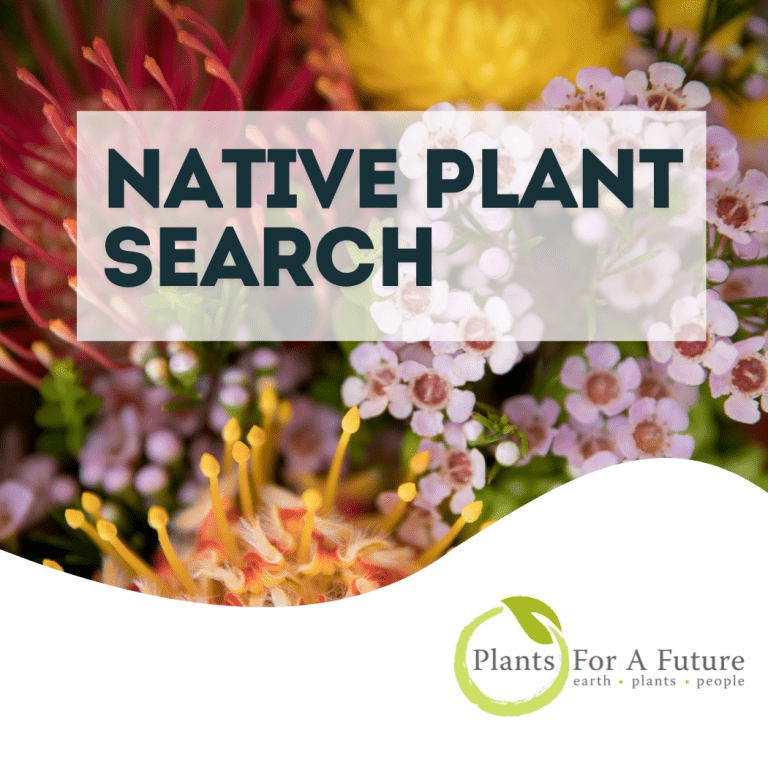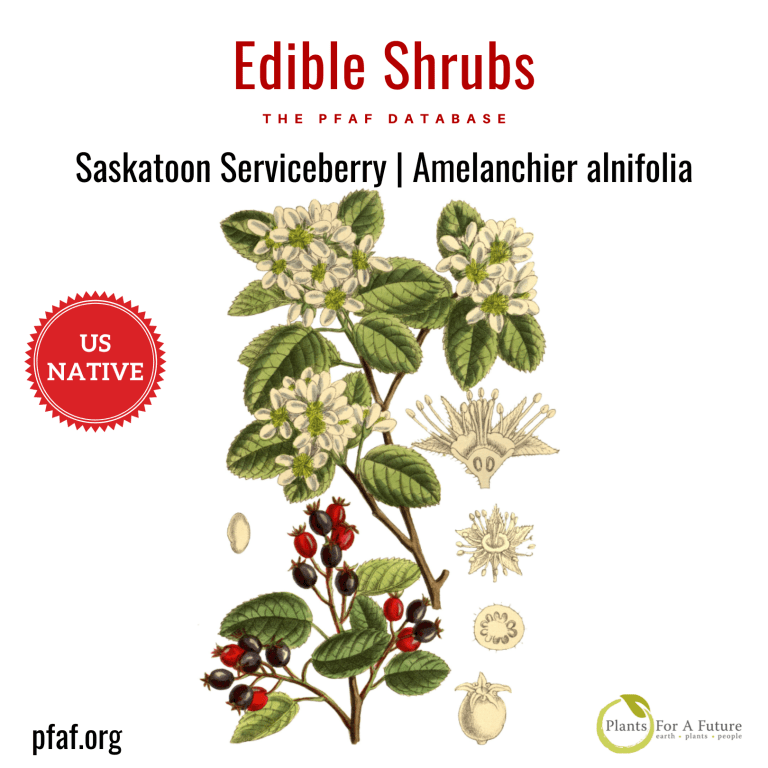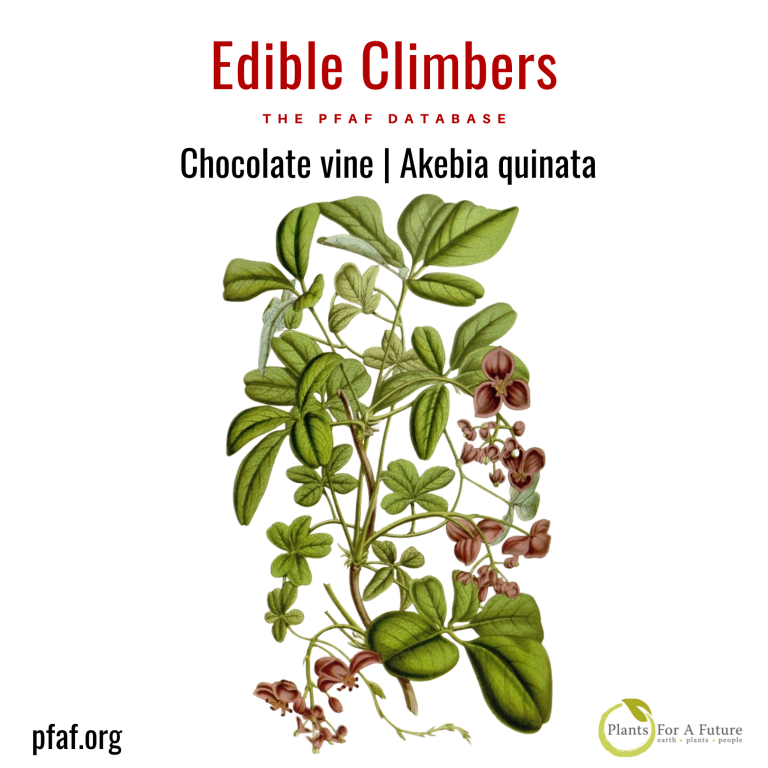
An excellent edible plant widely eaten in the Orient.
A major vegetable in many parts of the Orient, the leaves are a rich source of vitamins and minerals. Young leaves and stems can be eaten raw or cooked. The leaves are also used as a seasoning in soups etc. The flavour is reminiscent of carrots or parsley. The young shoots that sprout from the root in winter are best. Roots are cooked. Highly esteemed in Japan, the roots can grow up to 30cm (12ins) long in water. Some caution is advised, see the notes on toxicity. The seed is said to be edible.
Oenanthe javanica is cultivated in China, India, Japan, Korea, Indonesia, Malaysia, Thailand, Taiwan and Vietnam, It is an ingredient in a symbolic dish for the Japanese spring-time festival The Festival of Seven Herbs, Nanakusa-no-sekku.
It is in flower through the summer, and the seeds ripen from early autumn. The flowers are hermaphrodite and are pollinated by insects.
The whole plant is depurative, febrifuge and styptic. A decoction is used in the treatment of epidemic influenza, fever and discomfort, jaundice, haematuria and metrorrhagia. The seed contains 3.5% essential oil. This is effective at large dilutions against pathogenic fungi.
Spreading rapidly by means of suckers, it makes a good ground cover plant for wet situations. The variegated cultivar ‘Flamingo’ has been especially recommended.
Requires a wet fertile soil or shallow water and a sunny position. This plant is quite possibly not hardy in Britain, it has a hardiness rating of 10, which means that it is not frost tolerant. However the books Flora of Japan and China says that it grows in all areas of China and lowland Japan and this should include areas that do experience frosts and snow. Another report says that many forms of this species are not frost-hardy, though some forms have hardy roots. The sub-species O. javanica rosthornii is found at elevations up to 4000 metres in China and is sometimes also found in drier habitats such as grassland at forest margins- this form should be hardier than the species. The Flora of China treats this as a highly variable single species under the name O. javanica and recognizes at least one sub-species. This species is occasionally cultivated for its edible root or for its edible leaves according to another report, there are some named varieties. There are two main forms of this species, a red form has edible shoots whilst a white form is grown for its medicinal root. In Japan this plant and six other herbs are customarily boiled in rice gruel on January 7th for the Festival of Seven Herbs (Nanakusa no sekku). The cultivar ‘Su Zhou’ is medium early and has few fibres plus an excellent taste.
Propagation is by seed sown in spring in a cold frame (colder climates). Germination is erratic. When they are large enough to handle, prick the seedlings out into individual pots and plant them out in the summer. Division can be carried out in spring. Large divisions can be planted out direct into their permanent positions. It may be better to pot up the smaller divisions and grow them on in light shade in a cold frame until they are well established before planting them out in late spring or early summer. Layering can be done with stem tip cuttings; any part of the stem roots easily.
Water Dropwort, Java waterdropwort, Stolon waterdropwort, Japanese parsley or Chinese celery
Oenanthe javanica
Family: Apiaceae or Umbelliferae
Known Hazards: Although no specific mention of toxicity has been seen for this species, it belongs to a genus that contains a number of very poisonous plants and so some caution is advised. It is said to contain the alleged ‘psychotroph’ myristicine.
Natural Habitats: Ditches, ponds and wet places in lowland areas all over Japan. Marshlands, lakeshores, muddy stream banks and shallow water at elevations of 600-3000 metres in most parts of China.
Natural Range: E. Asia – China, Japan, and Korea to Australia.
Hardiness Zones: USDA 9-11. UK 10
Size: growing to 1m (3ft 3in)
Growth: M
Soil: light (sandy), medium (loamy) and heavy (clay) soils. It prefers wet soil and can grow in water.
Soil pH: acid, neutral and basic (alkaline) soils.
Light: It cannot grow in the shade.
References: 2, 46, 58, 61, 105, 116, 147, 178, 179, 183, 200, 206, 218, 266, K
Edibility Rating: 3
Medicinal Rating: 2
Forest/Woodland Garden: Aquatic/Wetland Layer
